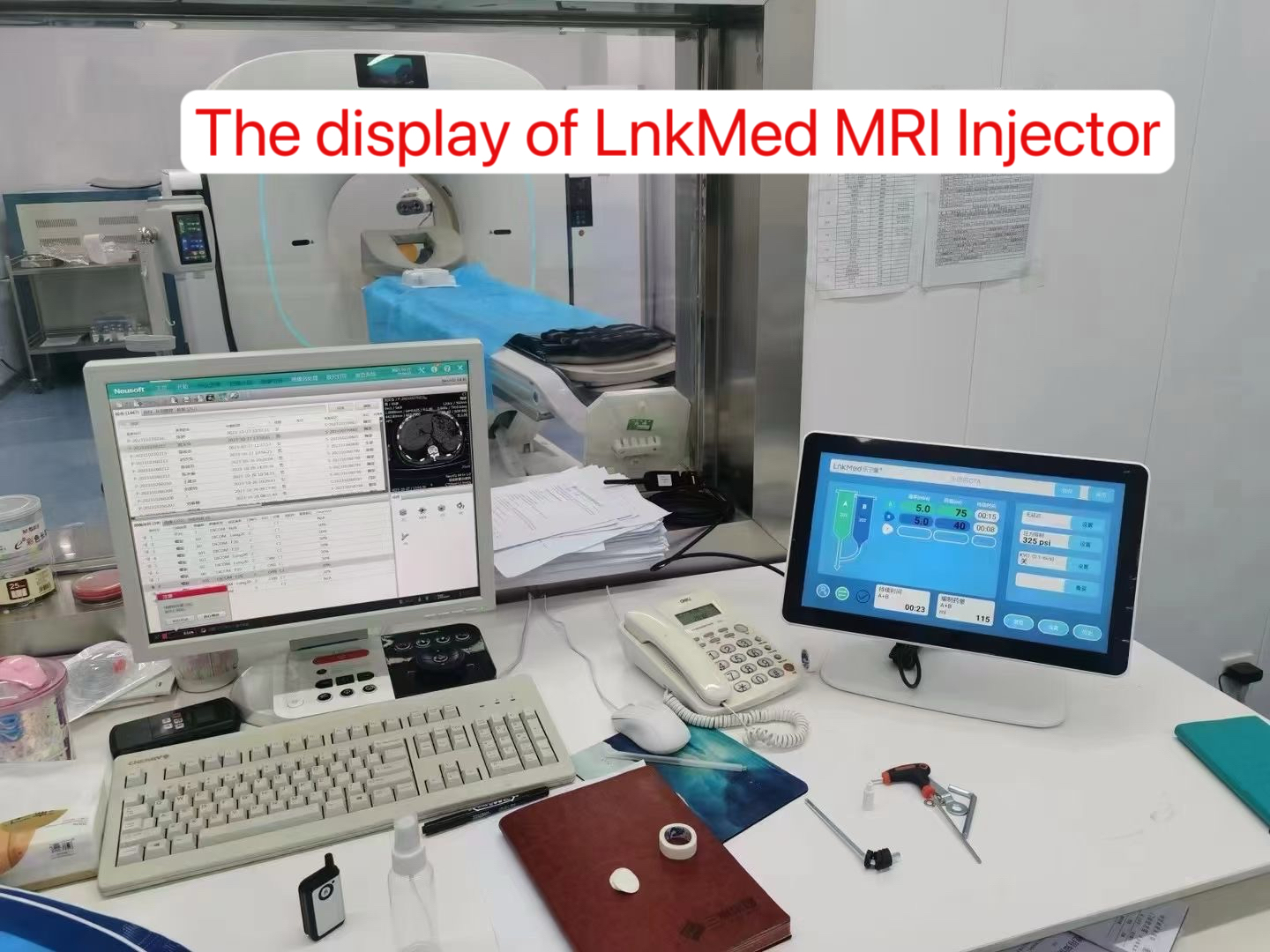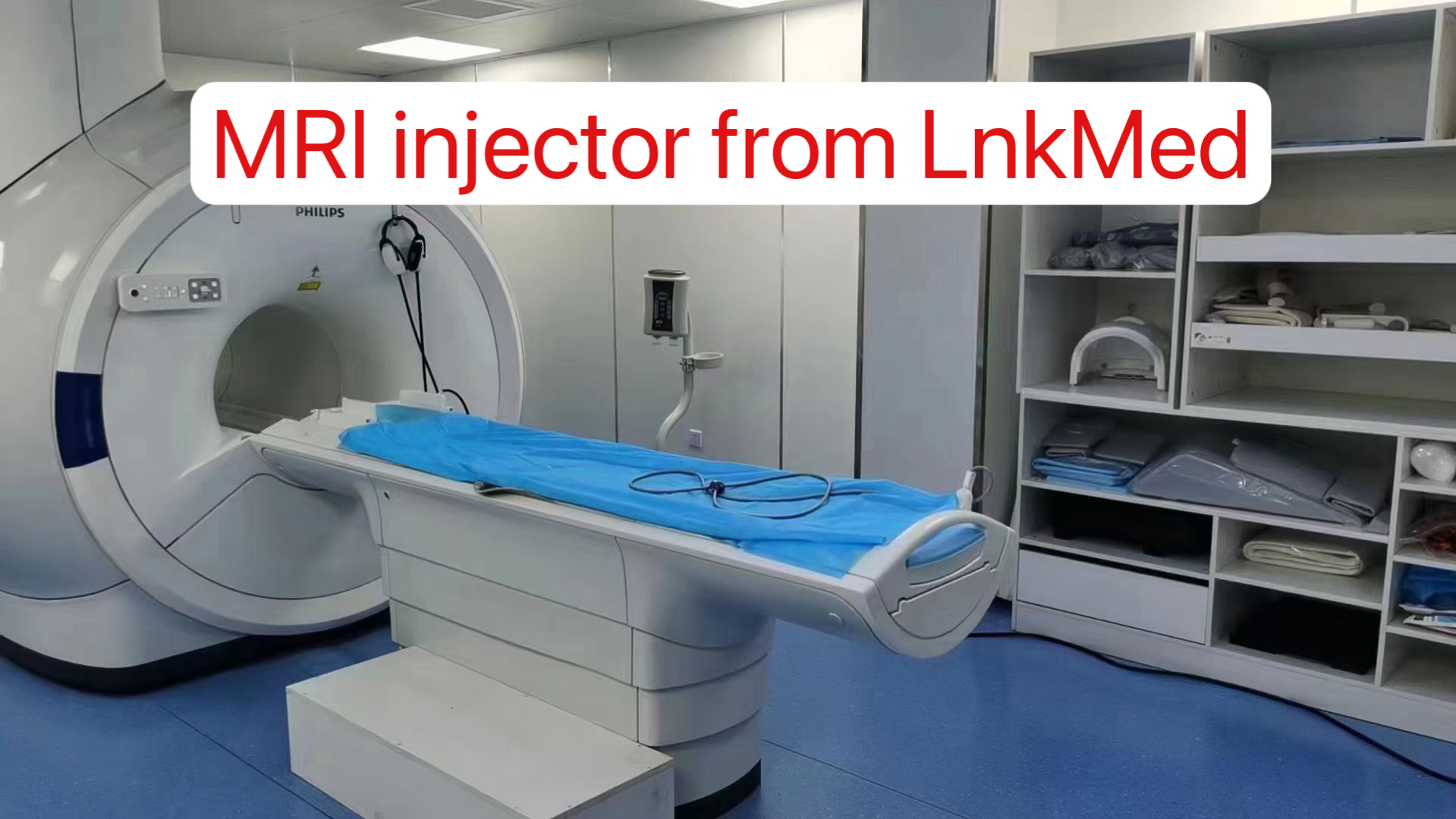A recently published study in the American Journal of Radiology indicates that MRI may be the most cost-effective imaging modality for evaluating patients presenting to the emergency department with dizziness, especially when considering downstream costs.
A group led by Long Tu, MD, PhD, from Yale School of Medicine in New Haven, CT, suggested that the findings have the potential to enhance patient care by identifying underlying strokes. They also noted that dizziness is the symptom of stroke that is most commonly closely tied to a missed diagnosis.
Roughly 4% of visits to emergency departments in the United States result from dizziness. While fewer than 5% of these cases involve an underlying stroke, it is crucial to rule it out. Non-contrast head CT and head and neck CT angiography (CTA) are used to diagnose stroke, yet their sensitivity is limited, standing at 23% and 42% respectively. MRI, on the other hand, boasts a higher sensitivity at 80%, and specialized MRI protocols like high-resolution, multiplanar DWI acquisitions seem to achieve an even higher sensitivity rate of 95%.
However, is the added cost of MRI justified by its benefits? Tu and his team examined the cost-effectiveness of four different neuroimaging methods for assessing patients who arrive in the emergency department with dizziness: non-contrast CT head imaging, head and neck CT angiography, standard brain MRI, and advanced MRI (which includes multiplanar high-resolution DWI). The team conducted a comparison of the long-term expenses and outcomes associated with stroke detection and secondary prevention.
The results obtained by Tu and his colleagues were as follows:
Specialized MRI proved to be the most cost-effective approach, yielding the highest QALYs at an additional cost of $13,477 and 0.48 QALYs greater than non contrast head CT.
Following this, conventional MRI presented the next-highest health benefit, with an increased cost of $6,756 and 0.25 QALYs, while CTA incurred an additional cost of $3,952 for 0.13 QALYs.
Conventional MRI was found to be more cost-effective than CTA, with an incremental cost-effectiveness of less than $30,000 per QALY.
The analysis also revealed that specialized MRI was more cost-effective than conventional MRI, which, in turn, was more cost-effective than CTA. When comparing all imaging choices, noncontrast CT alone showed the lowest benefit.
Despite MRI’s higher incremental cost compared to CT or CTA, the team highlighted its specificity and potential to reduce downstream costs by achieving greater QALYs.
Thrilled to share that LnkMed has become one of the most trusted manufacturer in medical imaging. We offer a full range of medical solutions and services in diagnostic imaging. We own two sites, both are in shenzhen,pingshan district. One is to manufacture contrat media injector, including CT single injection system,CT dual head injection system, MRI injection system and Angiography injection system. And the other one is to produce syringe and tubes.
We are eager to be your trusted medical imaging products supplier.
Post time: Dec-15-2023










